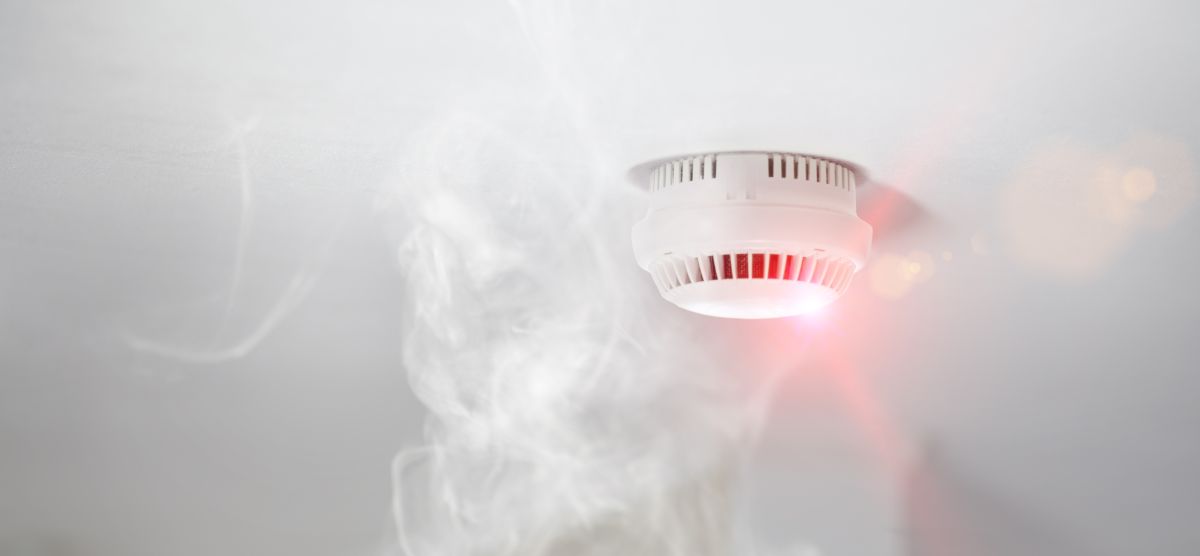login or create an account

User safety - Fire safety
The GPSD in the European Union and the CPSA in the United States both assume that the candles you make and bring to market are manufactured with care and in accordance with the good practices of the trade: they are straight, level and equipped with a wick that suits their size and diameter...
The EN 15493 and ASTM F2417 standards go one step further to make sure that your candles do not constitute a fire hazard in normal usage conditions.

The original version of the EN 15493 standard dating from 2007, it has been slightly updated in 2019 and now goes by the pretty name of EN 15493-19. About fifteen pages long, its first section gives general recommendations about the parameters a candle has got to respect for it to call itself safe. Its second section explains the protocol that will allow you to measure these safety requirements.
The safety requirements
The standard enumerates six of them:
1) Stability
The candle should not tip over when placed on a slope of 10°
2) Secondary ignition
No secondary ignition shall occur for more than 10 seconds when the candle is burning (secondary ignition is the presence of a sustained flame originating from anywhere else than the candle's wick, like the container walls or any decoration embedded in the wax, on the surface of the candle or that of the container).
3) Flame height
To make a long story short, the flame of a tealight cannot be higher than 30 mm. The flame of any other type of candle cannot be higher than 75 mm.
4) Self-extinguishing
To prevent the ignition or cracking of a supporting holder, freestanding candles (like pillar candles) marketed as self-extinguishing shall self-extinguish at the end of the burning time. The candles shall never burn a paper placed underneath nor cause any scorch marks on it during the whole burning test.
To prevent the ignition or cracking of a supporting holder, non-freestanding candles (like container candles) marketed as self-extinguishing shall self-extinguish at a residual height of at least 12 mm for candles with a diameter equal to 14 mm or less, and a residual height of at least 18 mm for all other candles.
(A self-extinguishing candle, as the name suggests, goes off by itself when it reaches its end of life, for example by using a long-neck wick tab).
5) Behavior after extinguishing
The candle shall not spontaneously re-ignite after extinguishing. Furthermore, the wick shall not continue to glow or smoke for an average time of more than 30 seconds after extinguishing.
6) Container candles
The glass container of a candle shall not crack or break at any time during the burning test.
The second section of the standard describes in details the testing conditions and procedures that will verify if the previous six conditions are respected.
The ASTM F2417 standard is largely similar. As its introduction states:
This standard is used to predict or provide a quantitative measure of the fire hazard from a specified set of fire conditions involving specific materials, products, or assemblies. This assessment does not necessarily predict the hazard of actual fires which involve conditions other than those assumed in the analysis..
It also gives recommendations concerning the size of religious or ceremonial candles, safe usage of "extended use candles" (novena candles) and the use of plastic containers for container candles. Like its EU sibling, it features standard testing procedures to assess the safety of candles.
 Thanks a bunch!
Thanks a bunch!

